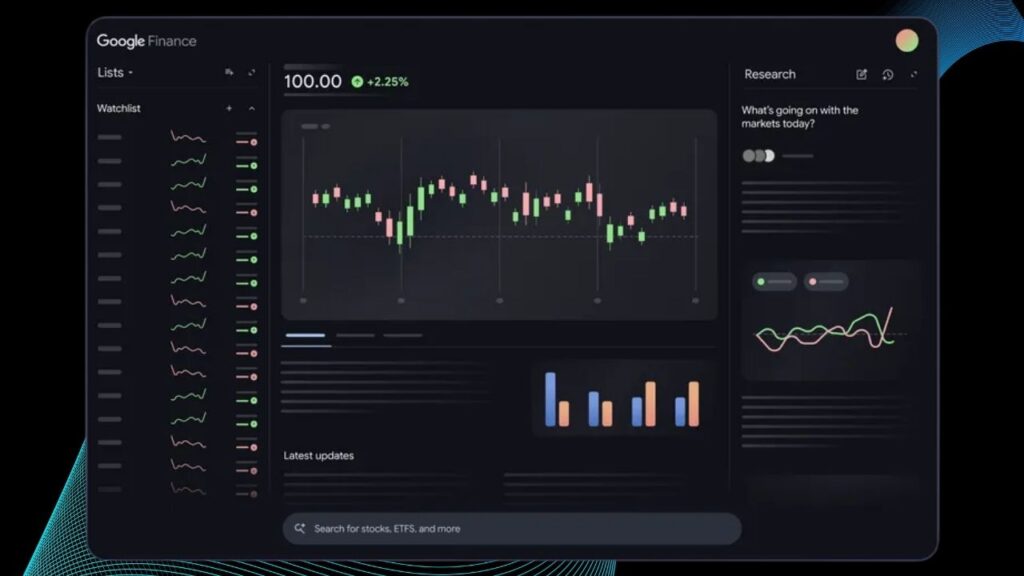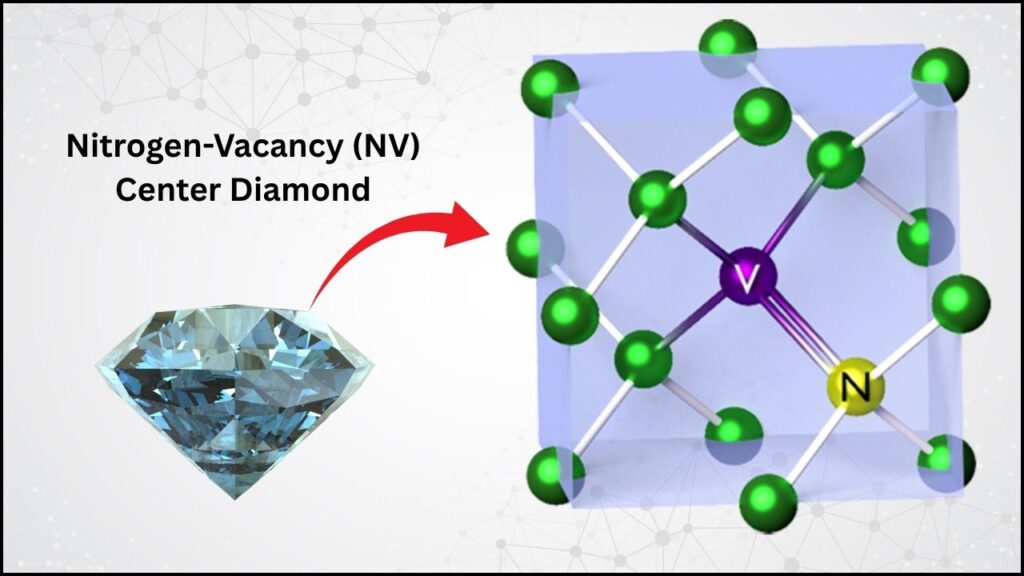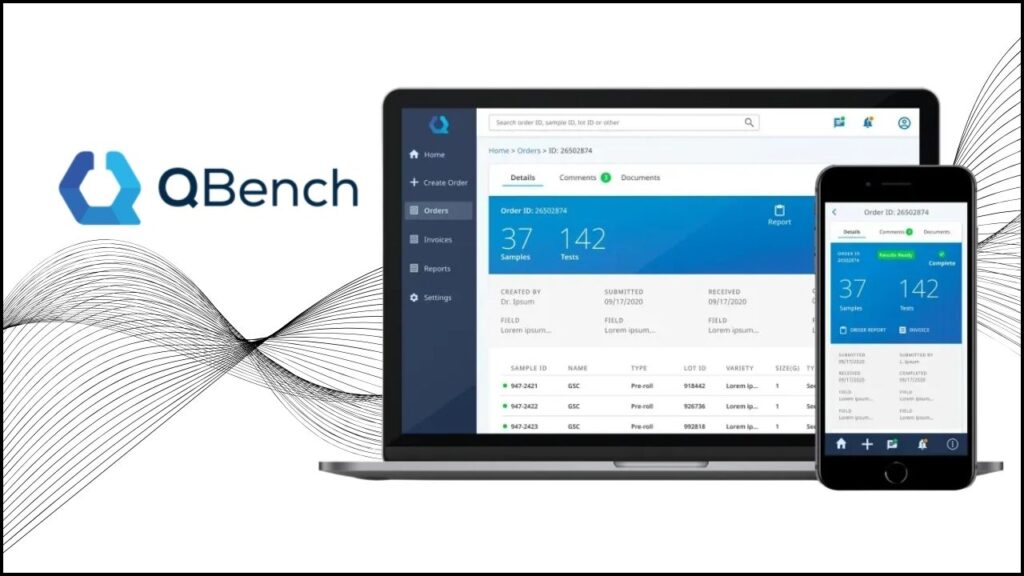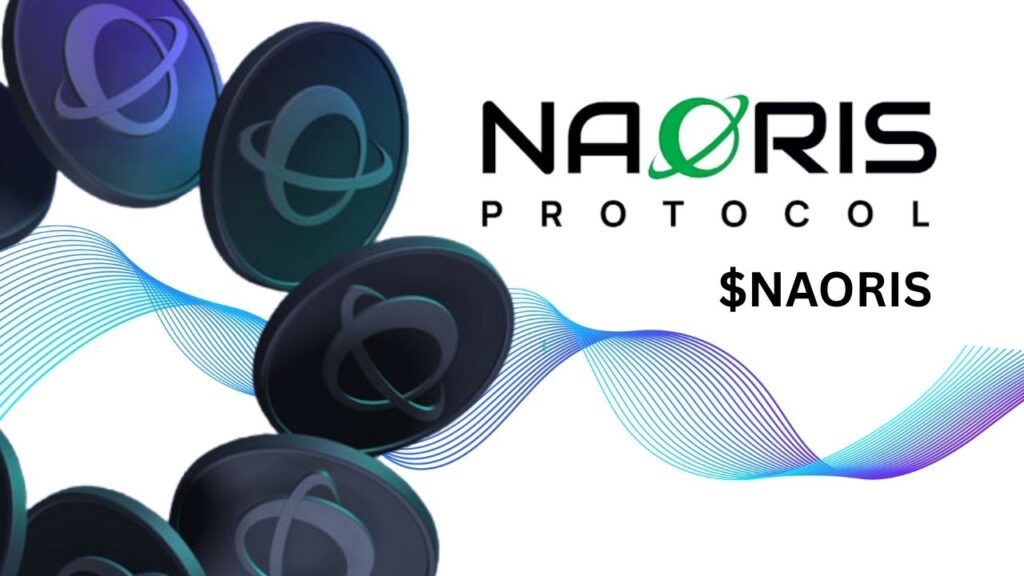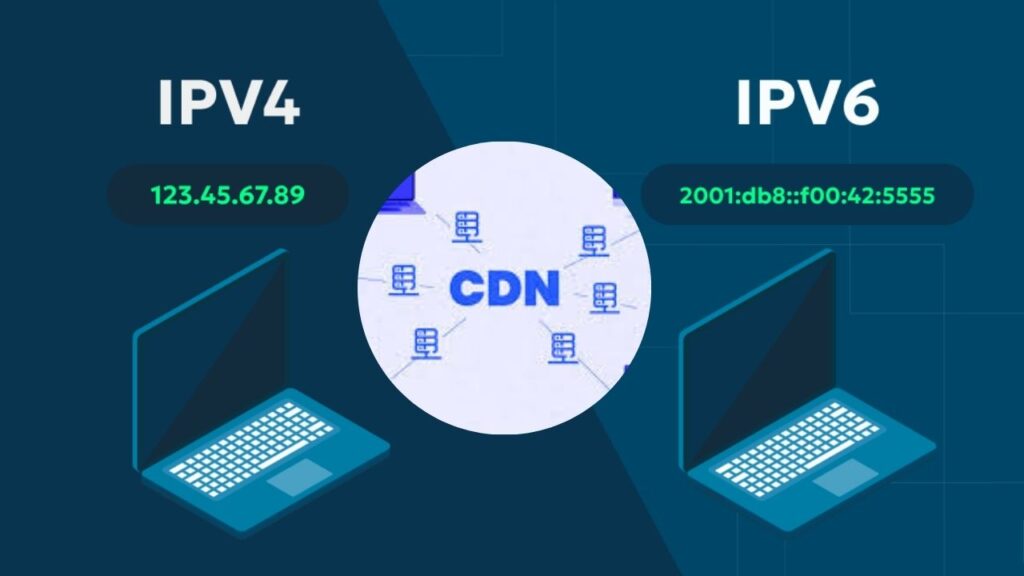Quantum computing has long felt like science fiction. Imagine a world where medication is discovered in a fraction of today’s timeline, online security is nearly impenetrable, and logistics for global industries flow seamlessly. That world is suddenly much closer—because Canadian scientists just cracked a major quantum problem and introduced “smarter qubits,” promising quantum computers that are more stable, practical, and scalable than ever before.
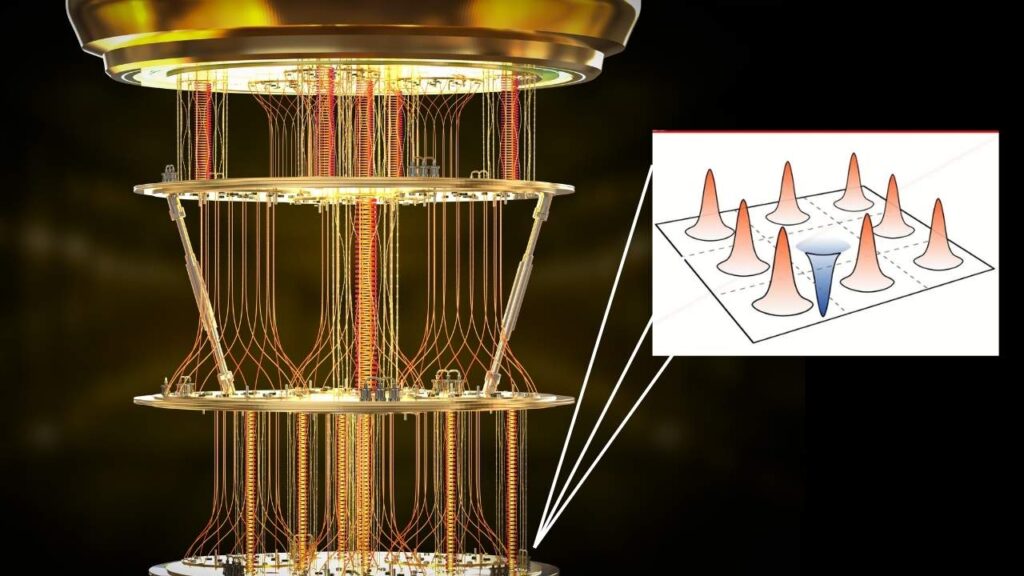
This breakthrough could shake up industries like medicine, cybersecurity, finance, AI, and more. In this extensive guide, you’ll learn what qubits are, why error correction is the toughest challenge in quantum computing, how Canadian researchers solved it, and what this leap means for students, professionals, and society over the next decade.
Table of Contents
Canadian Scientists Just Cracked a Major Quantum Problem
| Feature | Details |
|---|---|
| Main Breakthrough | Hardware-integrated error-correcting qubits—enabling scalable, stable quantum computing |
| Core Technologies | Bosonic, photonic, and silicon-based qubits with quantum error correction built in |
| Leading Institutions | Nord Quantique, Xanadu Quantum Technologies, Simon Fraser University, TRIUMF, Perimeter Institute, University of Waterloo, and others |
| Economic Impact | $533M industry and 1,100 jobs by 2025; projected $139B and 209K jobs by 2045 (Canada) |
| Research Momentum | Over $1B investment since 2009; $360M in government National Quantum Strategy |
| Quantum-AI Synergy | Quantum-powered AI for next-level simulations and optimization |
| Official Resource | Canada’s National Quantum Strategy |
Canada’s breakthrough—smarter, self-correcting qubits—propels quantum computing from laboratory experiments to practical, scalable technologies. Thanks to this innovation, quantum computers will soon be poised to tackle major challenges in science, industry, and society, unlocking new realms of discovery and prosperity for all Canadians—and the world.
What Exactly Is a Qubit, and Why Is It So Important?
At the core of every computer is a “bit”—a basic unit of data with only two states: 0 or 1. A qubit (quantum bit), by contrast, draws its magic from quantum physics: thanks to “superposition,” a qubit can be 0, 1, or both at the same time. When linked together (using “entanglement”), qubits can process information in mind-bending ways, allowing certain computations to be solved at speeds no classical computer could hope to match.
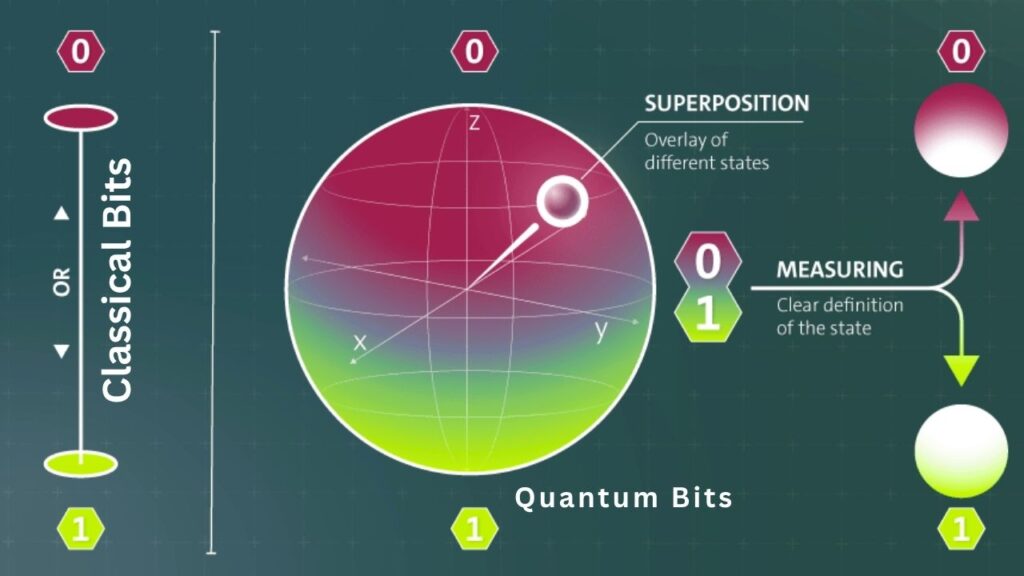
Example:
Picture a maze with thousands of paths. A classical computer would methodically check each route, one after another. A quantum computer can explore many routes simultaneously—potentially revealing the way out in seconds.
The Big Challenge: Why Has Quantum Computing Been So Hard?
While the theory is powerful, qubits are notoriously fragile. The mere act of measuring them, or even tiny bumps from their environment (like a flicker in temperature or electromagnetic noise), can cause them to lose their “quantumness.” This is called decoherence—the bane of quantum engineers.
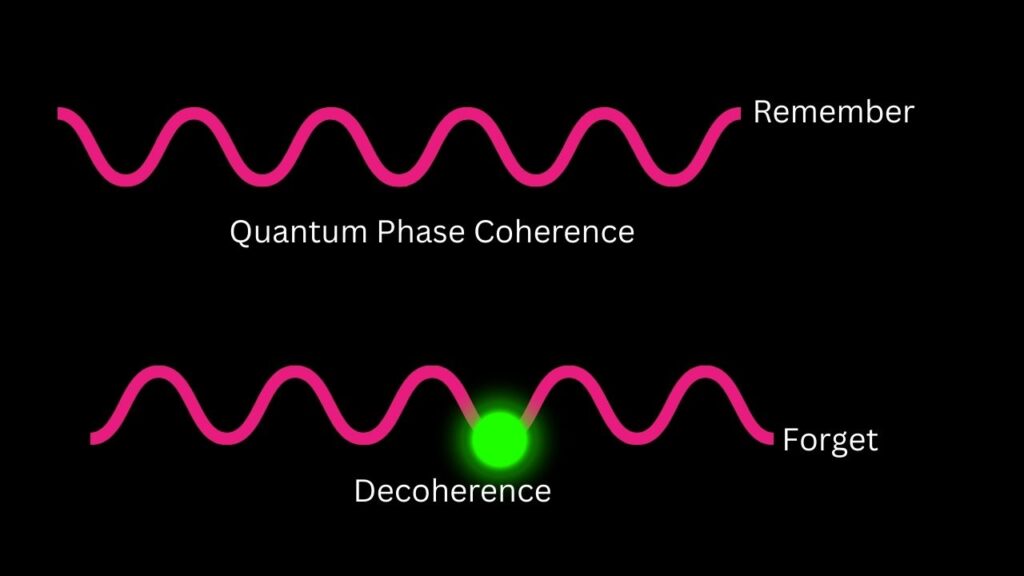
For decades, physicists thought the only way to tackle this was to use massive groups of “physical qubits” to protect each “logical qubit.” But this made quantum machines huge, complex, and inefficient—like assembling a team of a hundred people just to solve one puzzle safely.
The Breakthrough: Smarter, Error-Correcting Qubits
The major progress by Canadian scientists is the creation of qubits that can correct their own errors directly in hardware. This hardware-level quantum error correction doesn’t just catch mistakes as they happen—it keeps the quantum computer running smoothly and reliably over much longer times. Researchers describe it as “baking a shield into every piece of quantum data.”
How Was This Achieved?
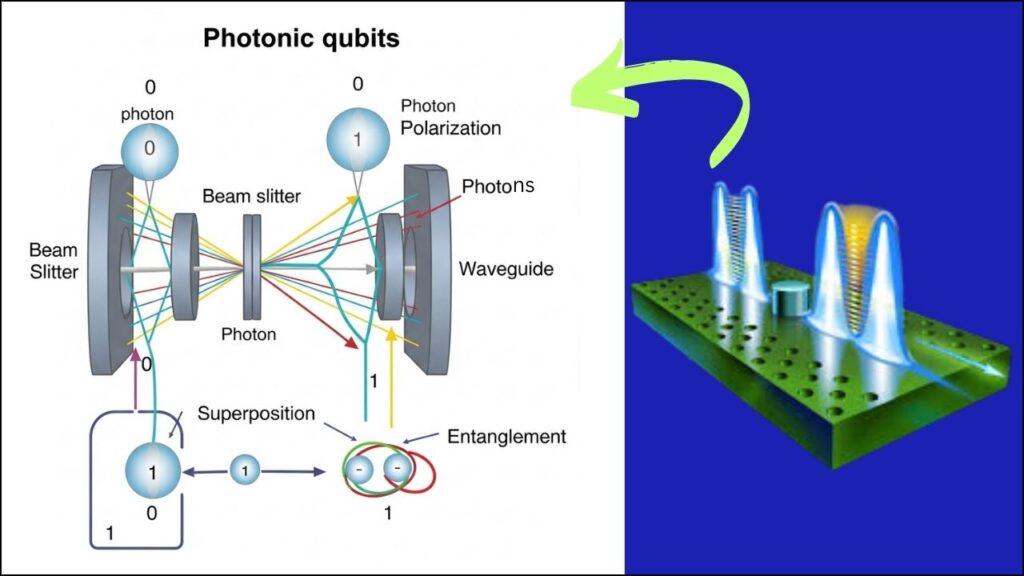
- Bosonic Qubits:
Using technologies rooted in circuit quantum electrodynamics, Canadian teams developed special “bosonic” qubits.These are engineered to recognize and correct their own mistakes, similar to a smartphone that auto-fixes typos as you text. - Photonic Qubits:
Companies such as Xanadu Quantum Technologies have pioneered photonic qubits made from light, operating at room temperature and compatible with existing chip-making processes. By using particular quantum states (like the Gottesman–Kitaev–Preskill, or GKP, state), their design allows for self-correction and better scalability. - Silicon-based Spin Qubits:
At Simon Fraser University, researchers used the very materials that power today’s microchips: silicon. Tiny flaws called “spin defects” can be manipulated as remarkably stable qubits. Because the tech aligns with industry-standard silicon manufacturing, companies can potentially mass-produce quantum chips just like today’s processors.
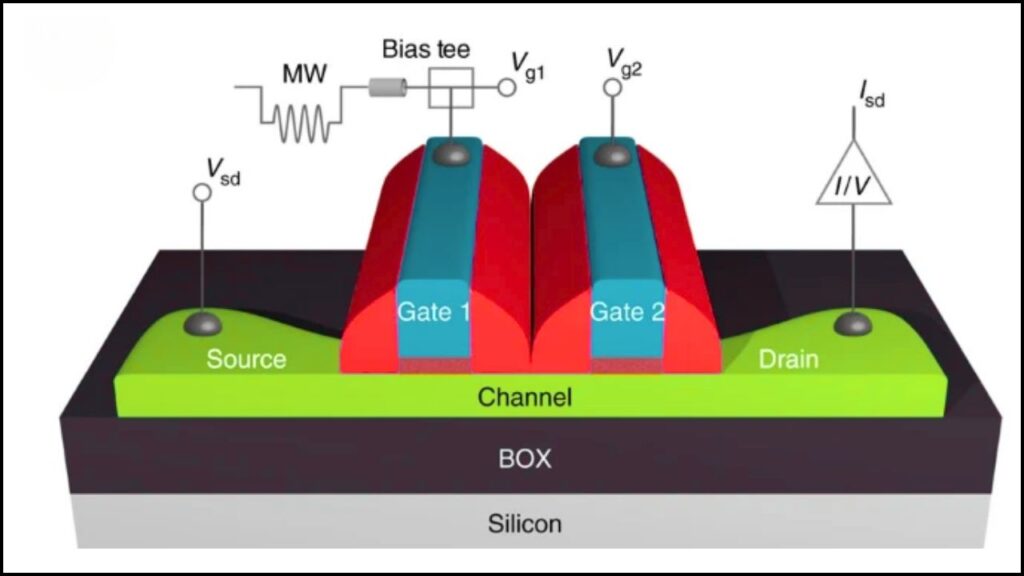
Why Does This Matter? Real-World Benefits and Opportunities
Vastly Reduced Errors and More Power
By integrating error correction right into each qubit, quantum computers can:
- Operate for much longer periods without losing data fidelity.
- Process vastly more complex problems, from climate modeling to financial forecasting.
- Drastically reduce energy usage—quantum calculations that took hours or days before can happen in seconds with less electricity.
A Path From Laboratory to Industry
The fact that these “smarter qubits” are engineered from widely available materials (like silicon) or practical tech (like photons on chips) means that:
- Scalability becomes realistic—Canadian startups can quickly go from small demos to large-scale, commercially viable machines.
- Costs come down—mass production uses the same supply chains as today’s microelectronics industry.
- More rapid adoption—businesses and governments can integrate quantum power into their operations sooner rather than later.
Fuel for Canada’s Innovation Economy
Canada has become a global leader in quantum tech. According to its National Quantum Strategy:
- Over $1 billion CAD has been invested since 2009 in quantum research.
- The sector is projected to grow from $533 million and 1,100 jobs in 2025 to $139 billion and 209,000 jobs by 2045.
- Major research hubs—like Waterloo, Sherbrooke, UBC, and the Perimeter Institute—are bringing quantum to students, startups, and industry.
New Industry Applications
- Medicine: Quantum computers can accelerate drug discovery by simulating complex molecules and predicting interactions that would take years in standard labs.
- Cybersecurity: Quantum key distribution and post-quantum cryptography will create communications that even future super-criminals can’t crack.
- AI and Machine Learning: Quantum computers are uniquely suited for AI training, running vast simulations in parallel and modeling real-world complexity—helping optimize anything from supply chains to personalized medicine.
- Financial Services: Faster risk analysis, portfolio optimization, and fraud detection using quantum-accelerated math.
- Energy and Materials Science: Designing better batteries or catalysts, critical for clean energy and manufacturing.
A Closer Look: How Does Quantum Error Correction Actually Work?
Traditional computers use “error-correcting codes” to ensure the bits they store aren’t corrupted by noise. Think of writing an essay and using spellcheck—if a word looks wrong, the computer flags and fixes it.
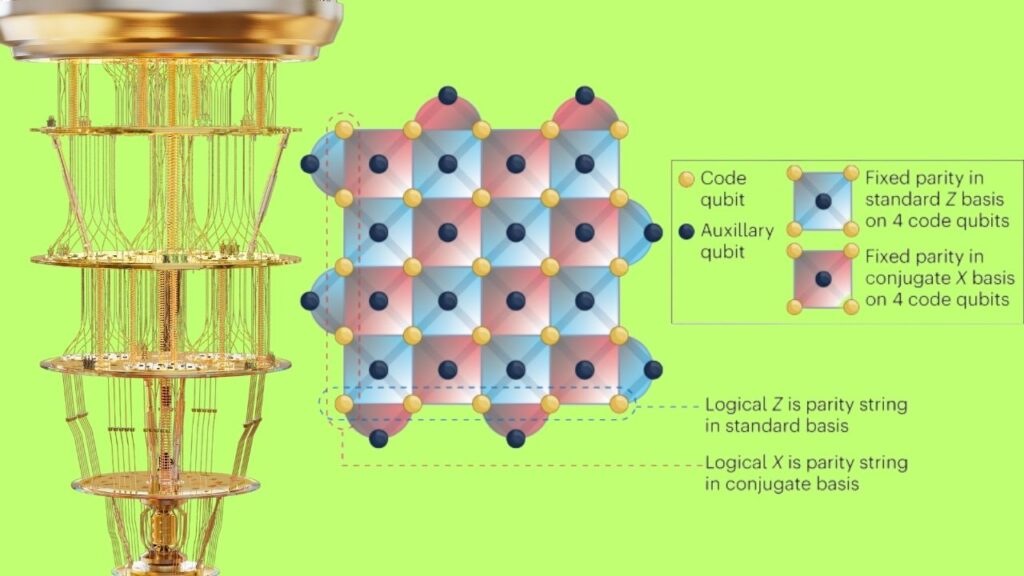
Quantum error correction is much harder. Observing a qubit to “check” it risks destroying its ultra-sensitive state. The Canadian teams solved this by designing qubits that can self-diagnose and correct certain errors internally, without outside interference.
Example: The Bosonic Qubit Shield
- Bosonic qubits are like having a dozen “ghostly” copies of the same message. When one copy is disturbed, the others help restore overall accuracy—built-in redundancy for quantum data.
- This means fewer additional physical qubits are needed to protect each logical qubit, making devices smaller and much more energy efficient.
Example: Photonic Qubits on a Silicon Chip
- Photonic qubits move quantum information using particles of light.
- Chips can now combine these with “quantum error correction codes” directly at the component level—think of it as having a built-in security guard for every message, always watching for errors and instantly repairing them.
The Roadmap: How Smarter Qubits Will Be Used (Step-by-Step)
- Chip Manufacturing:
- Silicon and photonic quantum chips are produced in Canadian labs, using scalable industry techniques.
- Each qubit gets its own error correction, slashing the need for excessive redundancy.
- Integration With Classical Computers:
- Quantum computers become “accelerators,” solving certain problems much faster, while classical computers handle general tasks.
- Hybrid “quantum cloud” services allow businesses to offload the biggest, most complex calculations.
- AI and Advanced Algorithms:
- Quantum hardware combines with AI to solve formerly impossible problems: drug simulations, cryptography, logistics, energy grid optimization.
- Researchers develop new algorithms that leverage the power of stable qubits.
- Commercial and Societal Applications:
- The technology moves from pilot projects (medical modeling, climate studies) to widespread use in industry (finance, energy, secure communications), and eventually, to consumers.
Career & Professional Opportunities in Quantum Computing
In-Demand Roles
- Quantum Software Engineer: Coding quantum algorithms, optimizing error correction for different applications.
- Quantum Hardware Specialist: Designing, testing, and scaling quantum processors.
- Quantum-AI Integration Expert: Developing AI models that run on or alongside quantum systems.
- Quantum Cryptographer: Building encryption solutions resilient to quantum attacks.
- Materials Scientist & Physicist: Innovating new qubit materials and architectures.
Education & Training in Canada
- Canada leads globally in quantum education.
- Universities such as Waterloo, UBC, and Sherbrooke, plus research centers like the Perimeter Institute, offer undergraduate and postgraduate programs, workshops, internships, and global fellowships in quantum technology.
Tips for Entering the Field
- Students: Focus on physics, mathematics, and computer science. Attend quantum webinars, summer schools, and hands-on labs.
- Professionals: Transition from software, electronics, or engineering backgrounds by taking specialized quantum computing bootcamps or online courses.
- Entrepreneurs: The government offers grants and programs supporting startups in quantum innovation. Watch for accelerators and public-private partnerships.
Canada Advances Quantum Error Correction Techniques for Scalable Quantum Computing
Quantum Breakthrough: Quantinuum Reaches Critical Milestone in Error Correction
New Quantum Glasses Could Unlock Optimal Error Correction Codes for More Stable Quantum Computers
FAQs About Canadian Scientists Just Cracked a Major Quantum Problem
Q: How does a qubit work?
A: Unlike classical bits, qubits can exist in multiple states at once (thanks to quantum superposition), and their states can be linked (entanglement), giving quantum computers their extreme power.
Q: Why is error correction so challenging in quantum computing?
A: Qubits are easily disturbed by their environment. Checking or copying them can destroy their information. The new Canadian methods build error correction right into the qubits, helping keep quantum information “safe” without extra complexity.
Q: What’s the timeline for industry-ready quantum computers?
A: With error correction now built into scalable, hardware-level qubits, experts expect functional, commercial quantum computers to appear within this decade, with mainstream deployment growing in the 2030s.
Q: Which sectors will change the fastest?
A: Medicine (faster drug development), cybersecurity (unbreakable communications), advanced simulation (climate, finance), and logistics (global supply chain optimization) are among the first to benefit.
Q: Where can I learn more or train for a quantum career in Canada?
A: Look at the University of Waterloo’s Institute for Quantum Computing, Perimeter Institute, University of Sherbrooke’s quantum center, or national programs funded by the government.
Practical Steps: Becoming Quantum-Ready
- For Students:
- Take physics and computer science courses from early grades.
- Join online platforms with introductory quantum coding kits.
- For Professionals:
- Upskill with certificate courses or by participating with university research hubs.
- Stay up to date with annual conferences and workshops.
- For Career Changers:
- Explore the intersection of data science, AI, and quantum.
- Network with Canadian quantum startups and global researchers.



